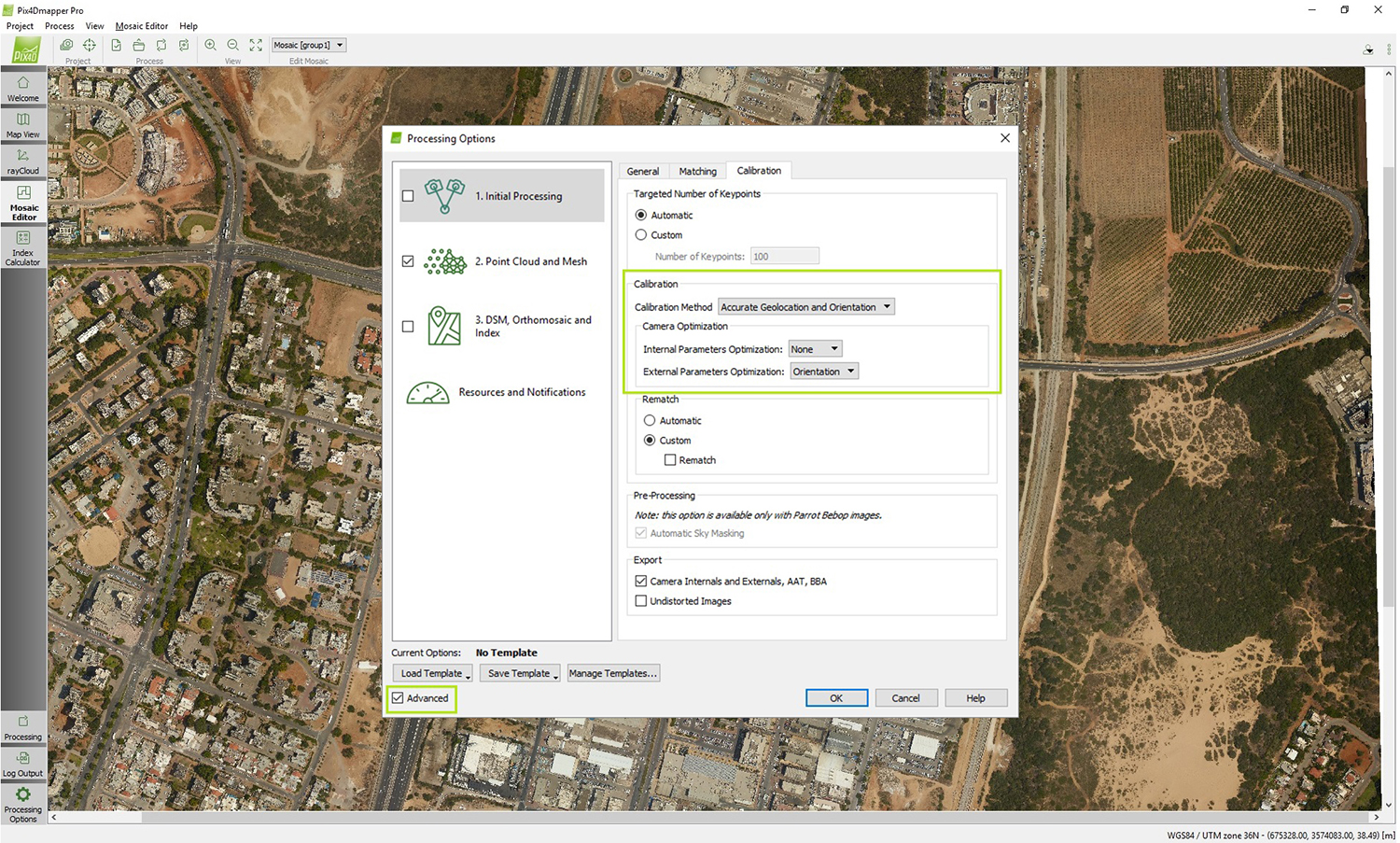

Depending on your equipment, you can employ these movements separately or combine them to move on many axes at once. You can use a tracking shot, dolly shot, or crane shot to proceed with a subject and make the audience feel like they’re a part of the action.Ī tracking shot often moves horizontally, a dolly shot forwards or backward, and a crane shot up or down. The key to a pan or tilt is that the camera does not move, giving the viewer the impression of being a spectator. You can show off a room or a landscape by panning slowly from left to right for an entire minute, or you can execute a whip pan, in which the movement is so quick that it blurs. For example, you can change an eye-level shot into a low-angle shot by tilting the camera up as the subject rises.Įxperimenting with speed while panning or tilting is also a nice idea. If your camera is on a tripod, you can simply turn the tripod head to one side to acquire a different viewpoint on a subject, just as you would turn your head to one side to gain a different perspective on a scene. A pan is when you keep the camera still and turn it to the side, while a tilt is when you move it up or down. Video: Close Up ShotsĪ pan or tilt is the most basic camera movement. The viewer’s attention is drawn to facial features and expressions that would otherwise be lost in a wide shot. Consider a classic Western in which two characters face off before a duel. An extreme close-up goes even further, frequently revealing only the character’s eyes. There is, nevertheless, room for some creativity. For example, the character’s face is shown in a standard close-up from the brow to the chin. It’s employed when you want to focus on your character’s facial features without any extraneous distractions in the image. One of the most prevalent shot sizes in cinema is the close-up. Let’s take a look at the five most common shot sizes and how they work: Close-up (CU) The size of the frame in proportion to the subject is referred to as shot size.Is your character in the picture, or is the character so far away that he/she is almost invisible? What more can you see in your photo? Is it possible to have many characters? Objects? Landscapes? These are great for focusing on characters strolling, or in this case, creeping, as in Home Alone. It’s not as dramatic as a ground-level image, but it conveys the same emotion. When used with a low viewpoint, they might accentuate a character’s supremacy. When your camera is roughly as low as your subject’s knees, you’re in this position.

You can learn more about cowboy or hip-level shot here. That is why it’s also known as a “cowboy shot,” as we cannot think about hip-level shots without seeing a gun, holster, and a distant enemy.Ī hip level shot will get the job done the further away you move from the subject, such in this scene from Punch-Drunk Love, to maintain the subject framed with sufficient headroom. When you have the action near the hip, such as guns being drawn or someone reaching into their pocket, hip-level shots can be incredibly effective camera angles.

However, hip-level pictures are typically beneficial when one person is seated, and the other is standing. When your camera is around waist-high, you’re taking a cowboy shot. You can learn more about over-the-shoulder shots here. The Dark Knight Video: Over the Shoulder Shots When you don’t want to employ a POV, you can use an OTS wide shot to portray a character looking out over a landscape or going through an action sequence. For example, a close-up of another character’s face taken from “over the shoulder” of another character is used to show conflict or confrontation in an OTS shot. Over the Shoulder Shot/OTS ShotĪnother angle that might change a viewer’s perception of a scene is an over-the-shoulder shot. It also raises the actor’s eye line slightly above the camera, giving the impression of a lower viewpoint. The actor’s head can reach the top of the frame because the camera is aligned with the shoulder. Shoulder-level shots are more common than eye-level shots, which can make your performer appear shorter than he or she is. Therefore, eye-level shots are far less common than one might imagine.Ī camera angle that is as high as your subject’s shoulders is known as a shoulder-level shot. Directors often choose to set the camera at shoulder level to provide a much more cinematic effect.


 0 kommentar(er)
0 kommentar(er)
